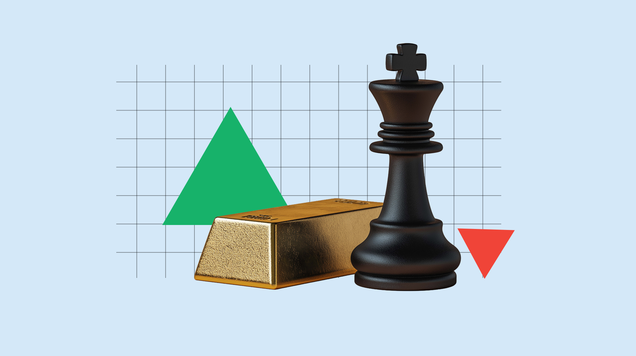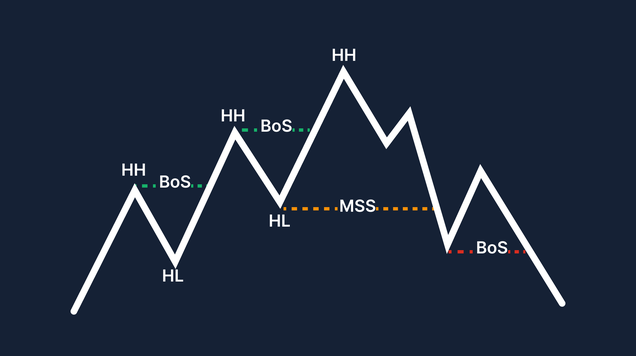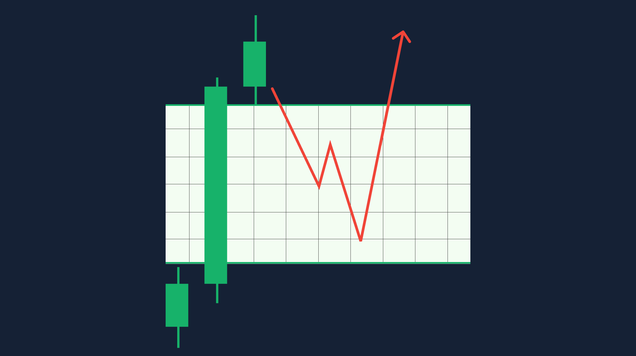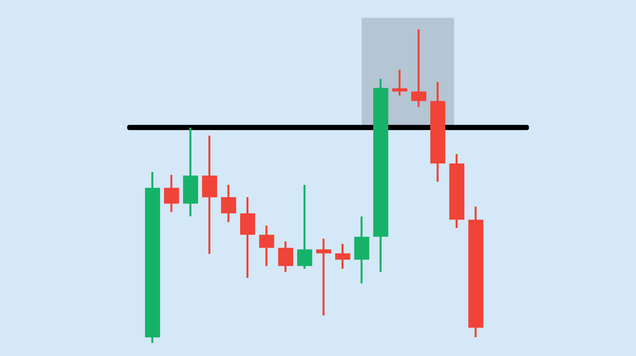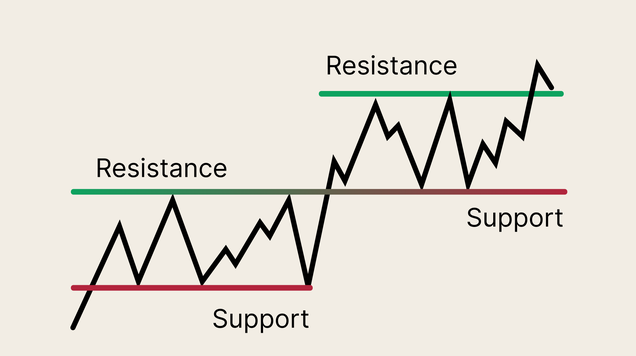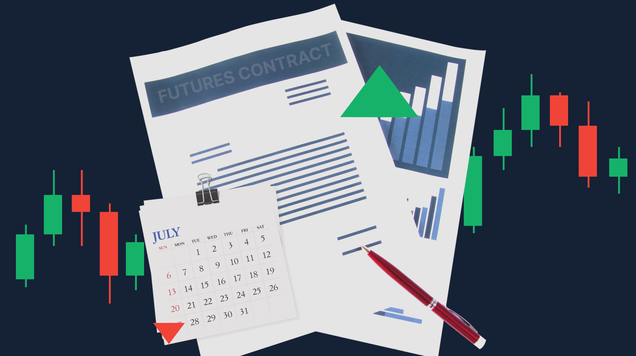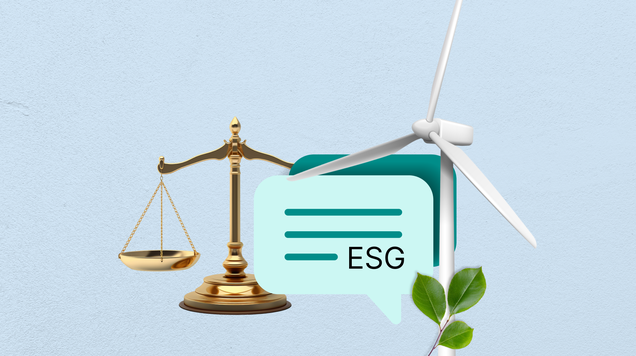Cutting Interest Rates: What It Means for Traders
Traders closely watch interest rate changes, as they can significantly influence market movements, creating opportunities to profit from shifts in different assets
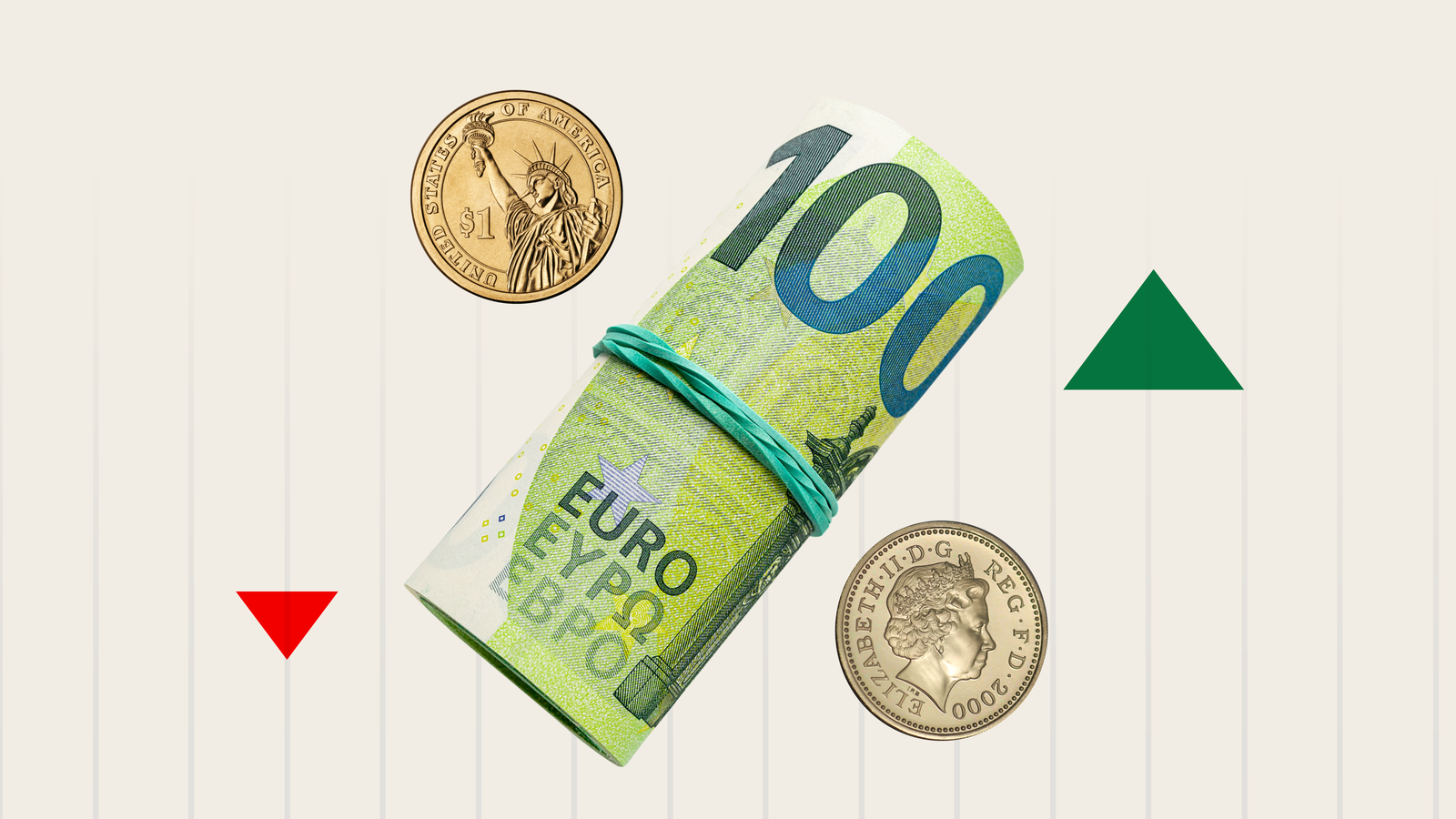
Interest rate cuts make a currency less attractive
Interest rate cuts are often seen as a response to slowing economies
Interest rate hikes are often seen as a response to a rising inflation
Interest rate cuts are a big deal in the financial world, especially for traders. But what exactly do they mean, and how can traders benefit from them? Let’s break it down in a way that’s easy to understand and ready to put into action.
What Is an Interest Rate Cut?
An interest rate cut happens when a central bank, like the Federal Reserve in the U.S., decides to lower the cost of borrowing money. The idea is to make it cheaper for businesses and consumers to borrow and spend, which can boost the economy. The Federal Reserve, for example, has slashed rates multiple times over the past decade to respond to economic slowdowns.
How Does It Affect Markets?
Interest rate cuts have a ripple effect across different markets, and understanding how can give traders a serious edge.
- Forex (Currency Markets)
Lower interest rates can make a country’s currency less attractive to investors. Why? Because the returns on investments in that country become less appealing. Traders often sell off a currency when its central bank cuts rates.
Example: In 2020, the U.S. Federal Reserve slashed interest rates to near-zero in response to the economic impact of the COVID-19 pandemic. This led to a significant decline in the U.S. Dollar's value. - Bonds and Treasuries
Lower interest rates also mean bond prices rise. When interest rates fall, the value of existing bonds increases because they offer higher yields compared to newly issued bonds. Traders can profit by buying bonds before rates are slashed and selling them later at a higher price.
How Can Traders Benefit?
Here’s the fun part—traders can take advantage of interest rate cuts in several ways:
- Forex: Go Long on High-Interest Currencies
If one country cuts rates while another keeps them steady or raises them, that’s a signal for forex traders. They can go long on the currency of the country with higher rates and short the currency of the country with the lower rates.
For example, in 2020, the Fed slashed rates, and many traders saw opportunities to short the USD against currencies like the Australian Dollar, which had relatively higher interest rates.
- Gold: A Safe Haven Investment
When interest rates fall, gold often becomes more attractive to investors. Lower rates reduce the opportunity cost of holding gold, as it doesn’t yield interest. As a result, gold prices can rise as investors seek safe-haven assets.
Keep an Eye on Central Bank Signals
The key to trading interest rate cuts is understanding the signals central banks give. They often telegraph their moves well in advance, so traders can anticipate changes. Watch the central bank’s statements and press conferences for hints about future rate cuts or hikes. A well-timed trade based on these signals can lead to substantial profits.
Watch the central bank’s statements and press conferences for hints about future rate cuts or hikes
